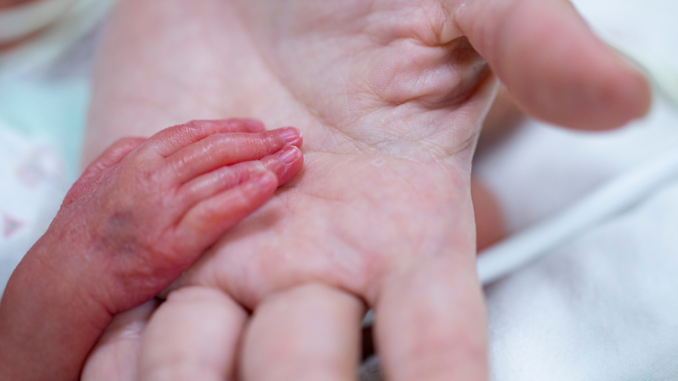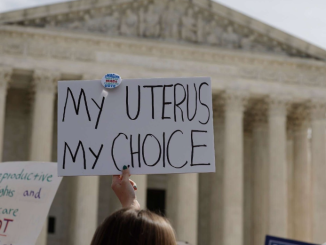
Many people are asking: Did Minnesota lawmakers and Gov. Tim Walz repeal the right to lifesaving care for born-alive infants? Is it really true that babies can be left to die?
Some journalists, advocates, and politicians have gotten this question wrong—often badly wrong. Let’s walk through the facts, one by one, with documentation and screenshots, and respond to frequently asked questions and confusions. The truth about this matter is something that everyone can see and verify for themselves.
Minnesota’s longstanding and bipartisan Born Alive Infants Protection Act (MN Statutes 145.423) was first enacted in 1976 and updated in 2015, when it was signed into law by Democratic Gov. Mark Dayton. It protected babies who survive abortion procedures and are born alive. Among other things, the law required that “reasonable measures consistent with good medical practice” be taken “to preserve the life and health of the born alive infant.”
{snip}
Under the new language, then, viable babies can be set aside, with only comfort care, and allowed to die. This policy is a threat to “unwanted” babies born in the context of abortion, but it also endangers other infants, especially those born with disabilities, whose lives are often devalued.
It’s true that the law retains previous language affirming that born-alive infants are human persons who deserve protection. But recognizing personhood is not the same as requiring any particular standard of care (indeed, other patients, such as elderly and disabled persons, are sometimes denied care even though they are recognized as persons under the law). Moreover, the new version of Minnesota’s policy removes the penalties for violating it, undermining any effective enforcement.
{snip}
The problem with it is that Minnesota’s previous law plainly did not require extraordinary or burdensome measures. It certainly did not prevent parents from holding their dying infants. Instead, it required only “reasonable measures consistent with good medical practice.” This allowed for different interventions depending on the situation. But it meant that you could not simply deny medically appropriate measures that would save infants’ lives. You could not just set babies aside to die.
And that—preventing babies from being left to die—is precisely what Walz and the legislature decided to reverse.
Yes. In most years since reporting began in 2015, between three and five born-alive abortion survivors have been reported to the Minnesota Department of Health. Nationwide, the Centers for Disease Control (CDC) has reported that, between 2003 and 2014, at least 143 babies were born alive after abortion (the actual number, the CDC acknowledges, may be higher). Hundreds of abortion survivors who have lived are now part of the Abortion Survivors Network.
Moreover, Minnesota’s new policy applies to all born-alive infants, not just ones who survive abortion. So other infants are at risk too.
Babies born with disabilities or the risk of disabilities (and not just those born in the context of abortion) are also too often endangered. An analysis in the Journal of Perinatology, for example, notes strong evidence showing that “when a newborn is at risk for a certain level of disability, some [health care providers] will deem it acceptable to withhold or withdraw life-sustaining therapy and allow him to die, whereas an older child with that level of disability may not be considered a candidate for comfort care [rather than lifesaving interventions].” To explain the unequal treatment, the researchers write that “it is possible that neonates, and possibly the very premature infant, are not considered [by some health care providers] to be the same kind of persons as older children” (emphasis added).
Minnesota’s current law enables this lethal discrimination and ableism. Because of Walz and the Minnesota legislature, babies in our state who are born after abortion or who have disabilities can be denied appropriate lifesaving medical treatment—and left to die.
Contributed by, Heather B.
* Original Article:
https://www.mccl.org/post/here-s-exactly-how-born-alive-infants-were-denied-protection-under-minnesota-law
